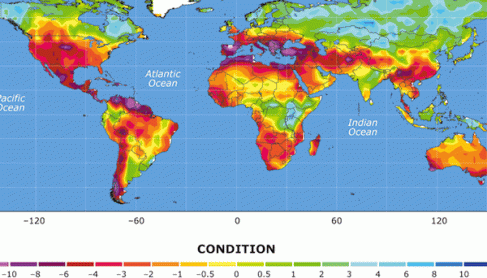Surfing isn’t too popular on the south shore of Long Island. Notwithstanding having to jump into frigid waters, the waves, or lack thereof, haven’t really helped beckon too many people in. Despite this set of opinions however, surfers have also contributed to deleterious effects on the environment. Whether its polyurethane boards or neoprene suits, the industry runs afoul with hazardous environmental actions. However, Danny Hess, a former surf board shaper, is attempting to change the paradigm of surfing through his natural finished boards and organic resins. Having an interest in sustainability through his studies at the San Francisco Institute of Architecture, Hess has since shifted his attention from buildings to boards.
The surfing industry itself is stodgy and resistant to change. And while the idea of using wood boards is not novel, as indicating by their presence in the surfing world, the truth is polyurethane boards dominate because they are inexpensive, and surfers tend to throw them away after about two years of usage anyway. As the article indicates, polyurethane has an element called toluene diisocyanate (TDI) that when heated can cause extreme health complications including, “asthma, cardiac arrest, respiratory failure, hearing and vision loss.” Hess has attempted to produce socially responsible boards by handcrafting about 160 of them a year out of recycled goods, and waxing them using epoxies whose base ingredient is sap.
Hess’ story is an inspiration for entrepreneurs and headstrong people like myself. He is fighting a stodgy industry with his own stodgy beliefs in sustainability. Not only is he taking care into producing each and every one of his boards, but he is also constructing them using recycled and sustainable materials. As a result, the quality eminent in his product may entice surfers to keep their boards longer and reverse the trend of disposing of the boards after only two years time. It’s refreshing to know that ideas of sustainability are prevailing in even in the most stubborn of industries. In this way and others, Hess is helping to perpetuate a world where we all live green, and be green.

